Frozen in Time: The Science Behind Cryogenics
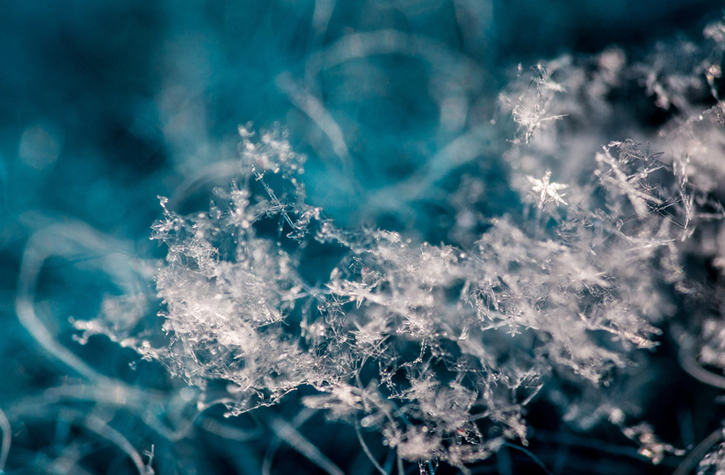
Have you ever heard of cryogenics? It is a real science that is used today, cryogenics is the study of extremely low temperatures and their effects on different materials, including living tissue. It’s an exciting field that is opening up new possibilities for medicine, space exploration, and more.
The term “cryogenics” comes from the Greek words kryos, meaning “cold,” and genes, meaning “born of.” In essence, cryogenics is the science of things that are born from the cold. The most famous example of cryogenics is probably cryopreservation, the process of preserving living tissue or whole organisms at extremely low temperatures.
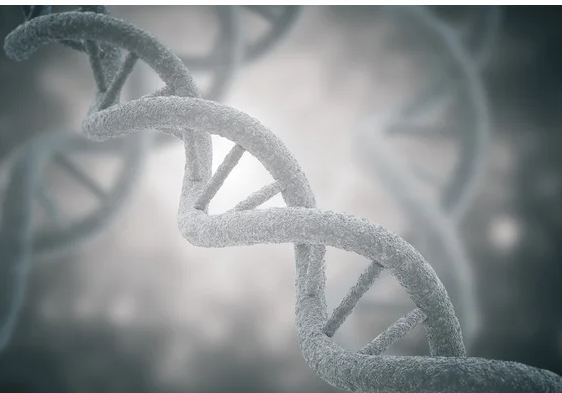

Cryopreservation is a process that consists of freezing living tissues or entire organisms at very low temperatures. It is often used to preserve sperm, eggs, and embryos for fertility treatments, as well as to preserve tissue and organs for transplant surgery. The cryopreservation process is not as simple as putting something in a freezer, if we freeze living tissue without taking any precautions, the ice crystals that form could damage the cells and tissues, causing irreparable damage. Instead, cryopreservation involves carefully controlled cooling and heating, as well as the use of special chemicals to protect cells and tissues from damage.
Once the tissue or organism has been frozen, it can be stored for years or even decades. When the time comes to use the tissue or organism, it can be thawed out and brought back to life. Si bien la criopreservación sigue siendo un campo relativamente nuevo, ya se ha utilizado con éxito para preservar muchos tipos diferentes de seres vivos.
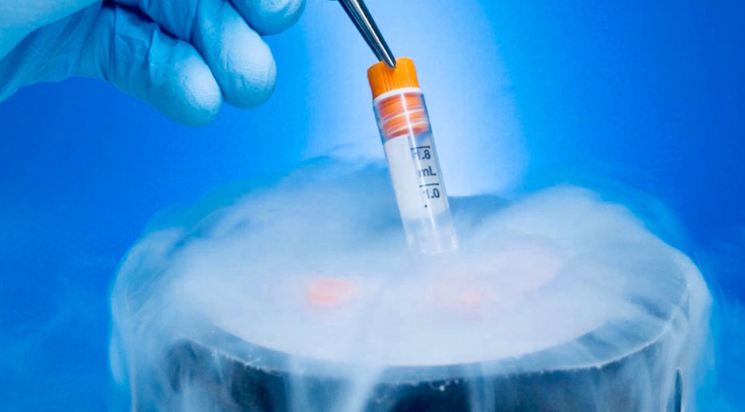
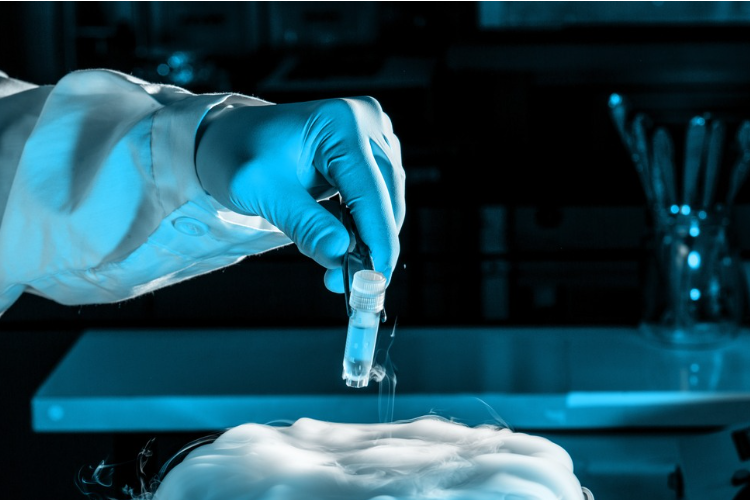
A particularly interesting application of cryogenics is in the field of superconductivity. Superconductors are materials that can conduct electricity without resistance when cooled to extremely low temperatures. This has huge implications for everything from transportation (imagine trains levitating above magnetic fields) to power production (superconducting generators could be more efficient and less wasteful than traditional generators).
Let’s watch the next video and dive deeper into the science behind cryogenics!

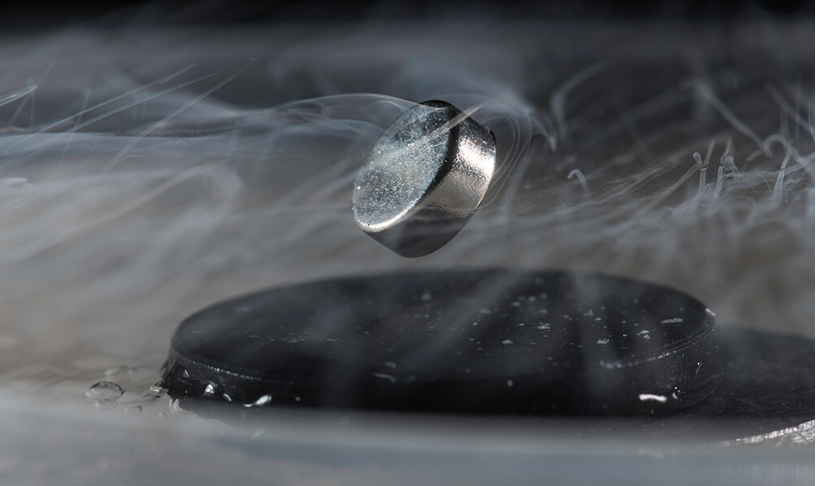
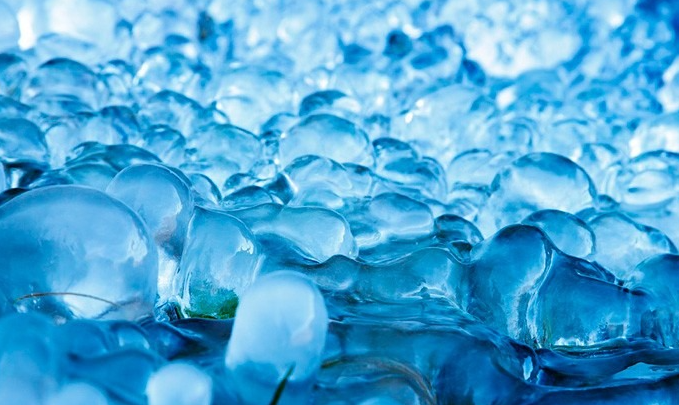
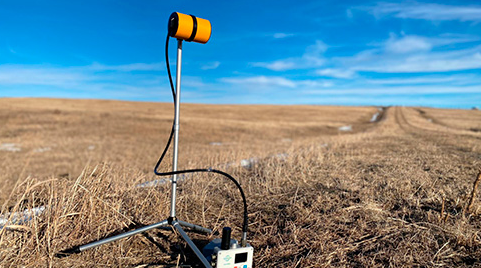
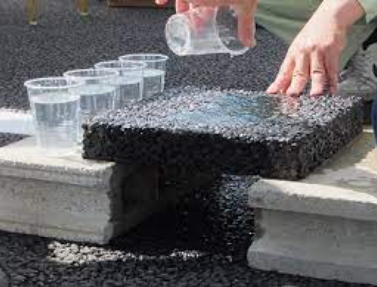
Responses